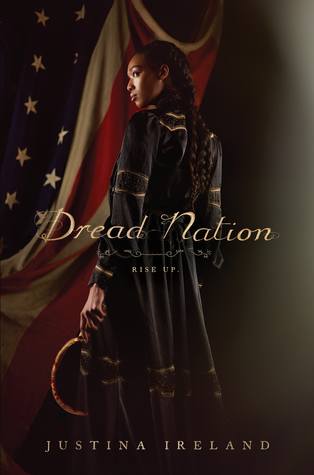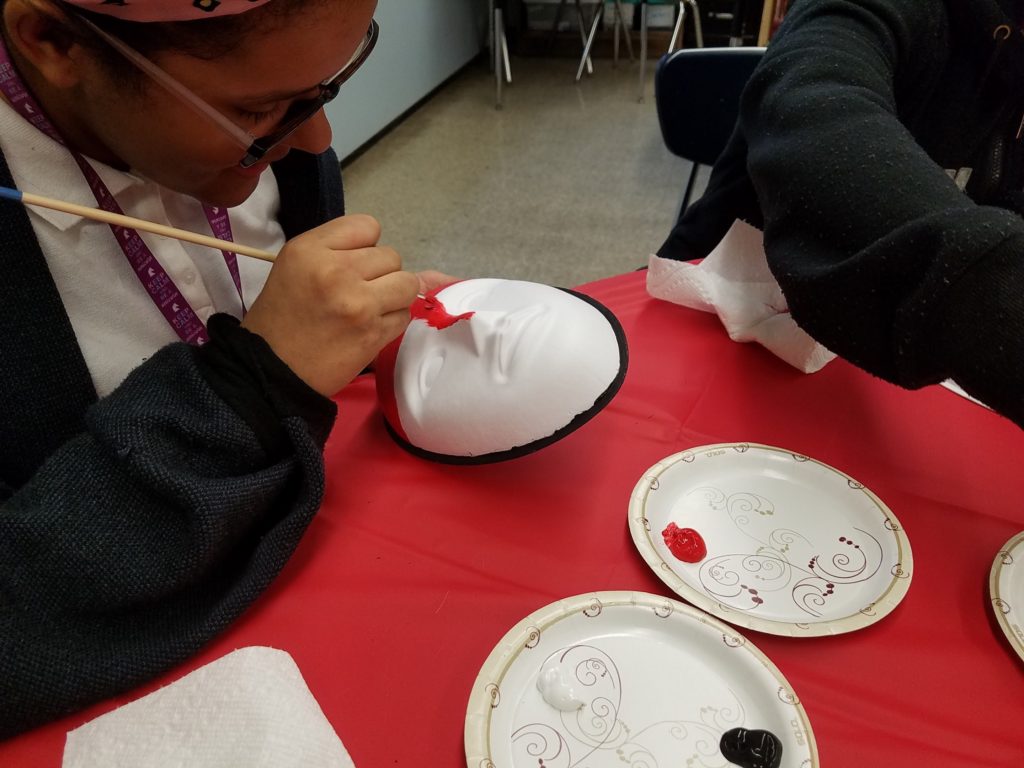The NYC DOE Supportive Environment Framework for Great Schools shares a common vision of fostering students’ social and emotional development to create more equitable learning environments and outcomes. Our SEL & Leadership Pilot Program is closely aligned with CASEL’s integrated framework. This blog post unpacks how the pilot program’s curriculum framework and activities respond to each competency in the CASEL’s framework.
The CASEL framework has five competencies: self-awareness, self-management, social awareness, relationship skills and responsible decision-making.
1. Self-awareness

Activities we used to develop this competency in students this Fall:
- Emotions Check-in/Check-out (Level 2, Level 3)
- 8 Basic Emotions
- Emotion Vocabulary Builder (Cards for Emotional Check In Games)
- Bio Dots
- Emotional Iceberg (Facilitator Instruction, Activity Instruction, Activity Handout)
- Moon Face Box of Emotion Cards
- Emo Heads Up (Facilitator Instruction, Activity Instruction, Activity Handout)
- Emo Monster (Activity Instruction, EmoMonster Cards, Feeling Words Handout)
- Journaling
- Past, Present, Future (Draw EmotIcons to present past, present and future)
- Emotionometer (Emotionometer Activity Instruction, Emotionometer Handout, Feeling Words Handout)
- Match the Message (Activity Instruction, Activity Handout)
- The SEL Playlist
- StrengthsExplorer posters - students identify 2-3 strengths they have
- Talent Cards & Strengths
- Talent Cards, Strengths & 2 Truths, 1 Lie
2. Self-management

Activities we have used to develop this competency in students this Fall:
- Coping Skills for Kids Card Set
- Pinterest Board Arts Project
- Rhythm (4/8) Breathing (Practice log: document your practices everyday)
- TLS Protocol (10 mins)
- TLS 15 min Practice
- Short TSL Practice
- Sit in circle – Discuss triggers/ stressors/ frustrations
- Journaling
- Stress Web
- Stress Ball (Station Instruction, Stress Ball Activity Handout, Materials: Balloons, lentils/uncooked beans, scissors, sandwich baggie)
- Body Movement
- Progressive Muscle Relaxation
- Deep Breathing Trace
- Mindful Movement and Pose of the Week
- Bio Dots
3. Responsible Decision-making

Activities we used to develop this competency in students this Fall:
- Circles of Belonging
- I Felt _____ When… (Facilitator Instruction, Activity Instruction, Activity Handout)
- Emotion Discovery - Feeling Face Cards
- Past, Present, Future (Draw EmotIcons to present past, present and future)
- Journaling
- Think, Feel, Act Cards
- Brain Talent Cards
4. Relationship Skills

Activities we used to develop this competency in students this Fall:
- Emotion Vocabulary Builder (Cards for Emotional Check In Games)
- Lava Flow Challenge
- Emo Heads Up (Facilitator Instruction, Activity Instruction, Activity Handout)
- Ping Pong Pipeline
- The SEL Hopscotch Game
5. Social Awareness

Activities we have used to develop this competency in students:
- Emotion Discovery - Feeling Face Cards
- Rap Session
- Brain Talent Cards
- UnMASK Arts Project
As shown, we have built in more activities in the first three competencies (Self-Awareness, Self-Management and Responsible Decision-Making) so far because "Know Yourself As a Leader" and "Choose Yourself To Be a Leader" are two core themes of our curriculum in this Fall. By knowing yourself better, you understand your emotional patterns and strengths. You are aware of the insights given by your emotions and strengths and you learn how to make wise choices based on them.
We will be designing more activities aligned with the last two competencies in the Spring as we dive deeper into "Choose Yourself To Be a Leader" and march into our last but not least theme - "Give Yourself As a Leader". Stay tuned for new updates from our upcoming blog posts or follow us on Instagram and Twitter!




















 Open to Middle School Students before the school day begins.
Open to Middle School Students before the school day begins.















Recent Comments